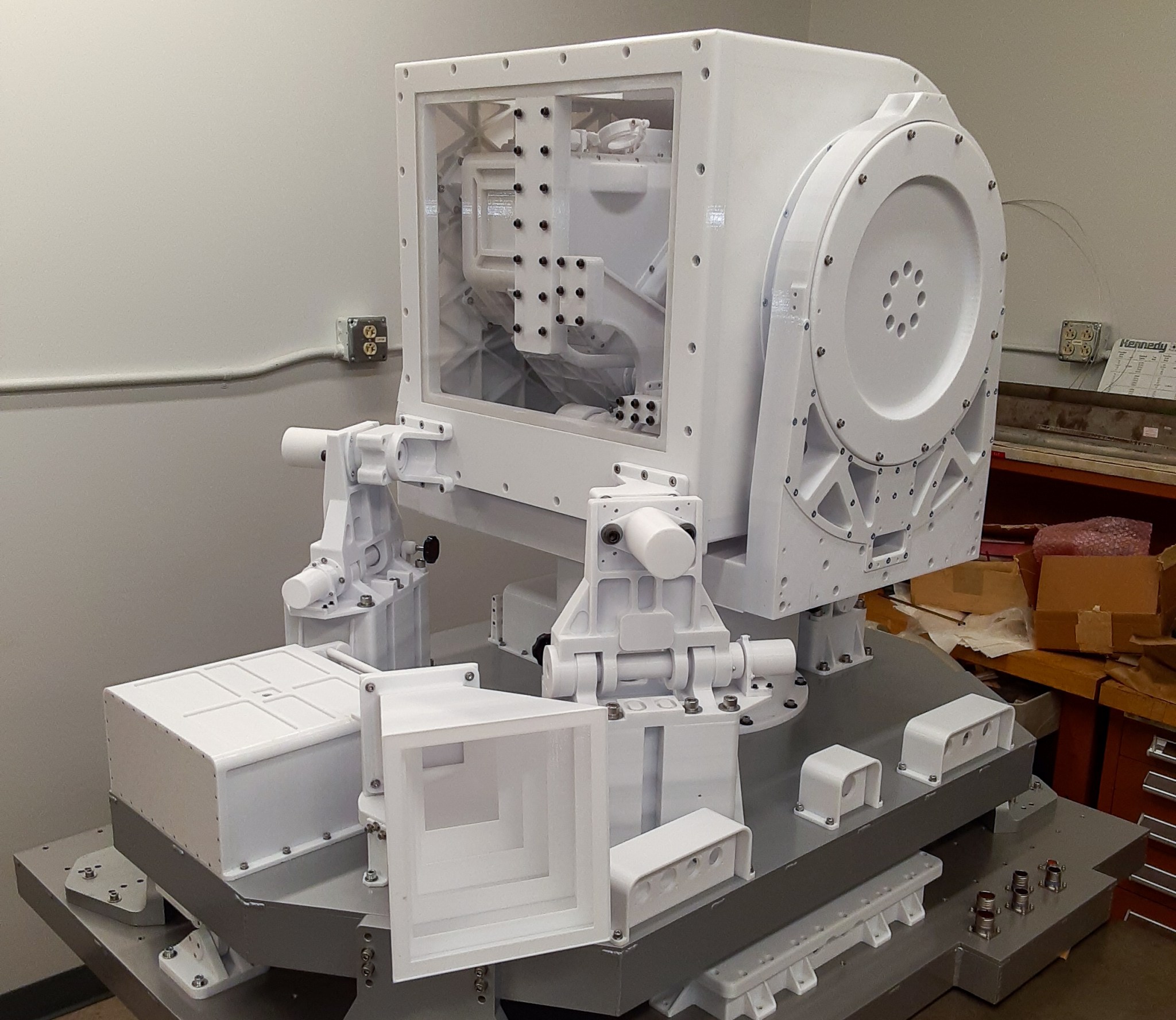A team at NASA’s Langley Research Center in Hampton, Virginia recently developed and fabricated a full-scale 3D model of a space-based instrument that will measure Earth’s reflected solar energy — an important key to understanding climate change — with unparalleled accuracy. Anchored to international standards, its observations will serve as a reference for other space-based instruments that make related measurements, similar to how an atomic clock is a reference for accurate time.
Engineers and fabrication specialists at Langley produced this 3D model of the Climate Absolute Radiance and Refractivity Observatory Pathfinder (CLARREO-PF) — the first physical representation of what the fully assembled payload will look like. It was delivered to the University of Colorado Laboratory for Atmospheric and Space Physics (LASP) late last year for use in continued development of the flight instrument. Once the final space instrument is built and tested, this model will be used for communications and public outreach.
CLARREO-PF will make measurements from the International Space Station that are five to 10 times more accurate, and with higher spectral resolution, than those existing reflected solar sensors. It will also serve as an inter-calibration reference to other orbiting sensors.
CLARREO-PF is currently scheduled to launch to the space station in 2023 and will take measurements for one year, followed by an additional year of data analysis.




























